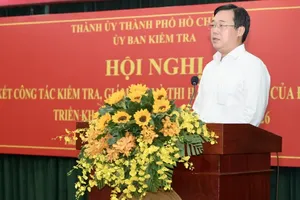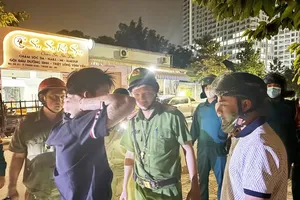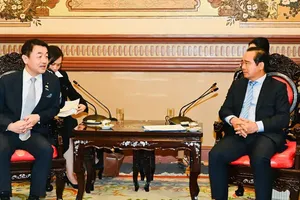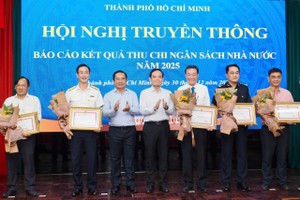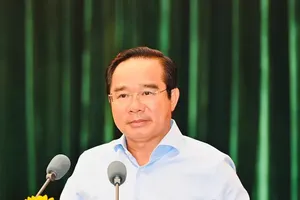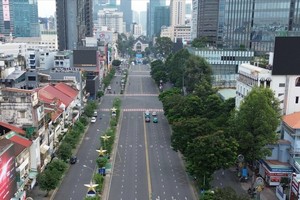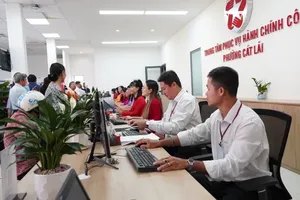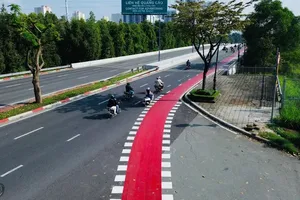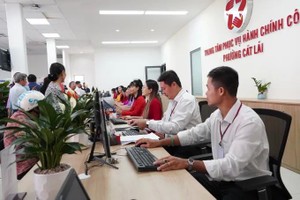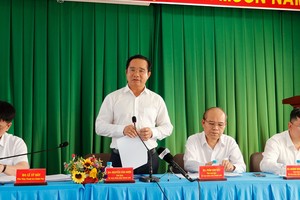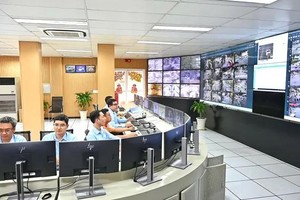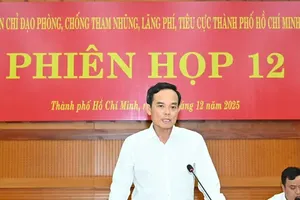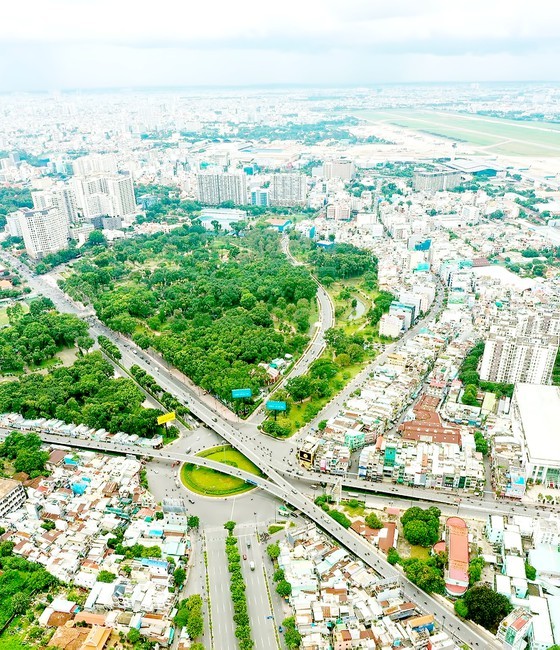
Being one of the fastest growing districts in HCMC with many modern buildings arisen, Tan Binh District is now considering an ‘airport city’ near Tan Son Nhat International Airport as a promising development direction as well as a method for socio-economic recovery after the Covid-19 pandemic.
Seeing the successful examples of other airports like Incheon (the Republic of Korea), Changi (Singapore), Amsterdam Schiphol (the Netherlands), New Istanbul (Turkey), King Abdulaziz (Saudi Arabia), it is planning to increase land use for commercial purposes and night life around Tan Son Nhat Airport in order to satisfy the needs of passengers transiting at this hub. This model is expected to provide more jobs for local people.
Economic expert Luong Hoai Nam suggested an airport expansion at T3 Station on a surface area of 30ha instead of the already-approved 16ha, which is too small for an airport city.
Commenting on the feasibility of an airport city in Tan Binh District, Dr. Du Phuoc Tan from HCMC Institute for Development Studies (HIDS) shared that with a surface area of 791ha (accounting for 35.2 percent of the district’s area), the airport does possess suitable conditions to follow this model. Adding to that is the boost from the existing service facilities in the neighborhood like traditional markets (Pham Van Hai Market), famous specialty restaurants for culinary, cultural and entertainment activities on weekends.
Architect Do Nguyen Phong from HCMC Urban Planning Institute stated that this strategy of Tan Binh District should correspond to the master planning of HCMC and the general planning of the Southern region. This means a consistent growth of local traffic systems to link to the airport, a land use purpose conversion from defense to civil use.
He added that short-term function adjustments of certain areas or streets prove effective right now, but should be under careful consideration of long-term development goals of the whole district so as to best promote the district’s strengths in relation with Tan Son Nhat International Airport.
Appreciating all ideas of experts, Chairman of Tan Binh District People’s Committee Nguyen Ba Thanh promised to closely work with the HCMC Department of Planning and Architecture to revise its ‘District Planning until 2040, with a Vision to 2060’ corresponding to the HCMC master planning, focusing on night life economy. Also, the localities are going to implement any practical suggestions under their power.
At present Tan Binh District is finishing the zoning adjustment at the scale of 1/2000 for residential areas in the wards of 2, 10, 12, and 15 to submit for approval of HCMC People’s Committee. Before this, a similar adjustment for the wards of 2, 4, and 13 has received approval from the municipal authorities.
Many experts have commented that one of the toughest challenges for this airport city is the problem of smooth traffic flow to and fro Tan Son Nhat Airport, which is one major congestion hot spot of HCMC.
Dr. Hoang Ngoc Lan from HCMC University of Architecture said that there must be a traffic model suitable for the land resource limit here.
Agreeing with that, many experts recommended that HCMC consider combining development planning inside and outside of the airport to better exploit the land resource there, along with an increase in connection to the downtown and neighboring areas via elevated highways No.1 and 2, other public transport means like metro and bus rapid transit systems.
Than Nhan Trung Street should also be expanded to link between Cong Hoa Street and newly created roads leading to T3 Station. The land alongside these streets should be used for commercial – service and logistics purposes.
The planning for Tan Son Nhat Airport with a vision to 2030 mentions a capacity rise for the hub to welcome 40-50 million passengers per year.
The Government has asked the Ministry of National Defence to work with HCMC People’s Committee for a report on the transformation of the 21-hectare land West of Tan Son Nhat Airport to an aircraft parking lot and taxiways in 2025 to increase the capacity of the passenger terminal.
Director of the HCMC Department of Planning and Architecture Nguyen Thanh Nha affirmed that his organization will help Tan Binh District and neighboring districts (Tan Phu, Phu Nhuan, Go Vap) of the airport to reevaluate their own urban development potential, to take into account experts’ ideas in adding certain urban functions, to adjust construction and population criteria for more favorable conditions to growth transit-related services and logistics.



